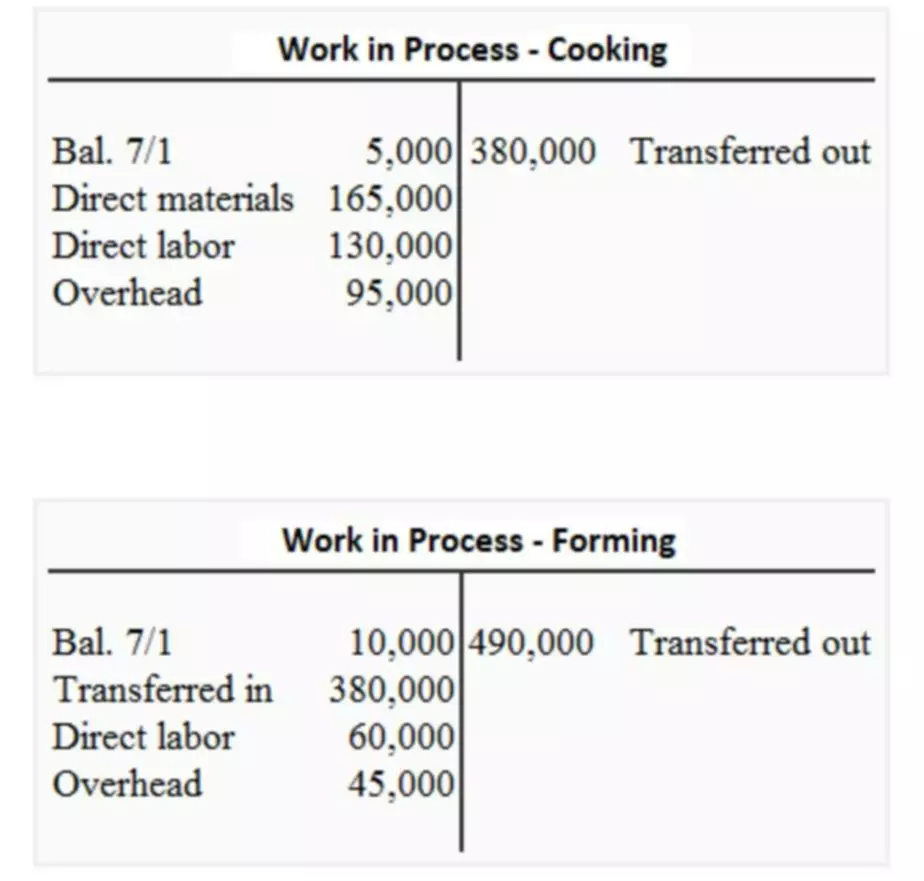Content

Help us achieve our vision of a world where the tax code doesn’t stand in the way of success.
With a pre-tax election, benefit premiums are deducted from your gross pay before Medicare, Federal, and State taxes are calculated thus reducing your tax liability. Most of the time, only pre-tax deductions are shown on a W-2, but there are some circumstances when after-tax deductions are listed there as well. For example, voluntary after-tax contributions to a non-Roth pension plan can be listed in Box 14. The digitised after-tax what is after tax income revenues for firms are relatively the same as for individuals, but companies begin by identifying total revenues instead of evaluating gross income. Often, after-tax income is used when talking about your actual federal income tax liability for the year. Using the term in this sense is common when lawmakers discuss changes to major tax policies. After-tax income is the amount of money a taxpayer has after paying taxes.
After-Tax Income
He has been writing since 2009 and has been published by „Quicken,“ „TurboTax,“ and „The Motley Fool.“ From hiring and onboarding remotely to supporting employee mental health, find relevant HR resources for helping your business recover from a crisis. Although the concept of after-tax income seems straightforward, the term can be used in different ways to mean different things. These differences mostly depend on which taxes are being used to calculate your after-tax income.
Is after tax income same as net income?
Although net income after taxes is essentially the same as net income, it is used in financial statements to differentiate between income before taxes and income after taxes. The two figures can also be described as pre-tax income and after-tax income.
For example, if you calculate that you have tax liability of $1,000 based on your taxable income and your tax bracket, and you are eligible for a tax credit of $200, that would reduce your liability to $800. Note that there are no longer personal exemptions at the federal level. Prior to 2018, taxpayers could claim a personal exemption, which lowered taxable income. The tax plan signed in late 2017 eliminated the personal exemption, though. Offering medical, dental and vision coverage to your employees is a great way to improve retention and attract new talent, but you don’t want the cost to be burdensome.
State Individual Income Tax Rates and Brackets for 2021
Logan also has a master’s in taxation from the University of Southern California . Net income, also called net earnings, is sales minus cost of goods sold, general expenses, taxes, and interest. They can be deducted in full amount in the year that they https://www.bookstime.com/ happen– operating costs, research and experimental costs, mining, exploration costs, mining development costs, petroleum intangible drilling costs, or IDC. Depreciation, depletion, and amortization are methods to capitalize the business costs.
Before figuring out the after-tax earnings, individuals and businesses have to calculate the deductions applicable against the income generated. The individuals file taxes using the IRS Form 1040, which varies from individual to individual. Once the deductions are totaled, the same is subtracted from the gross income to obtain the disposable income, which is the income after taxes.
Dictionary Entries Near after-tax
Pre-tax income is taxed at the marginal tax rate, while taxable income is taxed at the effective tax rate. This is because it is the amount obtained after all applicable taxes are deducted from the gross income. Hence, the income after taxes is the disposable amount that individuals and businesses can spend and invest for their requirements without worrying about further deductions. After-tax income refers to the net income after deducting all applicable taxes. Therefore, the after-tax income is simply one’s gross income minus taxes. For individuals and corporations, the after-tax income deducts all taxes, which include federal, provincial, state, and withholding taxes. After deducting all applicable taxes, the after-tax income represents the total disposable income available to spend.
- The cheapest way to pay a tax bill is still via a check or via IRS Direct Pay, which allows you to pay your bill directly from a savings or checking account.
- This is because marginal tax rates only apply to income that falls within that specific bracket.
- In this case, it would also take into account other taxes, such as state and local income taxes and property taxes.
- This means that because they are not considered employees, they are responsible for their own federal payroll taxes (also known as self-employment tax).
- Net Income means, with respect to any Person, the net income of such Person, determined in accordance with GAAP and before any reduction in respect of Preferred Stock dividends.